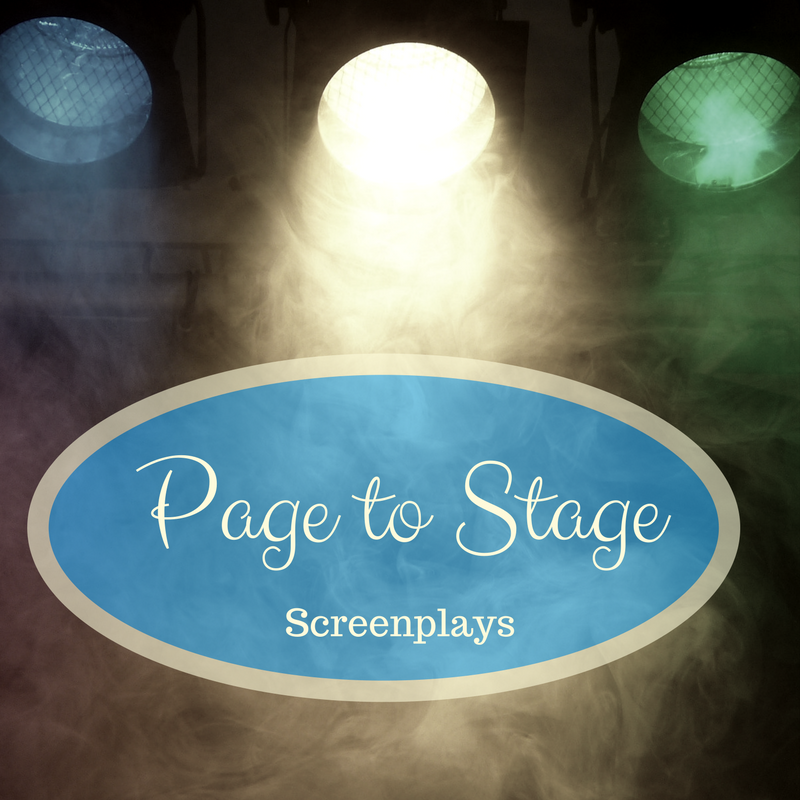For some reason, most writers are curious about writing screenplays. And they come to me with many questions about the craft below are just a few questions I am routinely asked.
- How long should my script be?
- How do you write the dialogue?
- What is the correct script format?
First things first, scripts and screenplays are different arts.
“A ‘script’ is the written document version of a visual art form and is used across multiple mediums, while a ‘screenplay’ refers to a script specifically for movies or television. When you read a script, it could be for a play, movie, television show, comic book, or video game, while a screenplay is specific to movies and tv shows. Each script has its own formatting rules to help you tell what type of script it is; whether it’s a screenplay, teleplay, stage play, or something else.”
Film Draft
Writers ask about format a lot because they’ve been taught and know the format and technicalities of both nonfiction and novel writing. Writers know, depending on the genre they write, there are specific formats publishers, editors and agents follow. And they correctly assume that screenplays have guidelines for formatting. So this month I will look at screenplay format and some of the differences between it and what most writers are used to.
Screenplay Format
All writing categories have specific formats and guidelines writers know to follow. Knowing the correct way to write and present their writing helps separate amateurs from professionals.
And this is why we all study the craft, no one wants to look like an amateur even though we are all at some point. Before I continue I want to emphasize there’s a difference between format and formula. The format is a guide for our narratives. Formulas are rigid, not fluid, and can hinder our writing.
Screenwriter and writing coach Scott Myers explains,
“Screenplays are stories, not formulas— if you go in with formula, you come out with formula.”
Knowing the correct format will help you guide the audience or reader through your story most clearly and quickly. Of course, there are plenty of screenwriting programs to help writers write screenplays, but still, writers need to know basic formatting for screenplays.
With that said below are the main components of a screenplay writers need to know from the Scriptlab.
- Slug Lines: These are the scene headings in a screenplay, a key difference is slug lines also include both the time of day and whether a location is inside or outside.
- Subheader: These headers indicate movement from locale to locale with and a specific location.
- Action lines: These are the short description lines beneath the slug lines that describe what we are seeing. They should be in the present tense with an active voice.
- Dialogue: In film, dialogue should be snappy and get to the point. Occasionally a monologue is warranted in film, but rarely. Keep in mind that the best dialogue contains subtext, or the unwritten meaning behind the words. sing (V.O.), (O.S.), or (O.C.) next to a character name is a way to tell the reader there is a provision or special circumstance to the following dialogue.
- Wrylies (parentheticals): These are short emotional or delivery directions for the actor regarding that specific line.
- Transitions: There is an implied transition from one scene to another as indicated whenever there’s a new slug line. Adding “Cut to:” isn’t necessary and only takes up much-needed space in your screenplay.
A few things I wanted to add are, most writers know the importance of white space in the writing. When giving a scene description under the slug line, limit the description to one or two lines. Also, keep dialogue short. Make scene transitions brief and use parentheticals scarcely.
Not only do actors not want to be told how to act, but brevity also helps keep a page from being cluttered with too much information that will more than likely only slow a reader down. Screenplay readers have a lot of screenplays to read and you don’t want to make their job any harder by filling a page with too much information that will only slow them down. White space allows our eyes to take a break.
Take a Break
The best writers understand the importance of leaving room for the audience’s imagination. We’ve all experienced information overload when reading. If not, please understand too much information can confuse a reader and will slow the story down. Imagine going on a road trip and hitting the brakes every time you see a landmark. The trip will both exhaust you and take forever, perhaps even ruin the trip altogether for you. White space gives the reader a break from all the action and visuals, it’s the old adage, “less is more.” Below are a few types of information overload a writer can unknowingly put into their screenplays.
- Excessive exposition
- Unnecessary actors instructions
- Artsy camera angles
- Unnecessary dialogue
Leaving subtext in your dialogue and not using acting instructions, allows the actors to act. Limiting camera angles allows the director to direct, and limiting exposition allows the set designer to create the perfect imaginary world, none of which are necessary in proper screenplay format.

Martin Johnson survived a severe car accident with a (T.B.I.) Traumatic brain injury which left him legally blind and partially paralyzed on the left side. He is an award-winning Christian screenwriter who has recently finished his first Christian nonfiction book. Martin has spent the last nine years volunteering as an ambassador and promoter for Promise Keepers ministries. While speaking to local men’s ministries he shares his testimony. He explains The Jesus Paradigm and how following Jesus changes what matters most in our lives. Martin lives in a Georgia and connects with readers at MartinThomasJohnson.com and on Twitter at mtjohnson51.


 We love helping your growing in your writing career.
We love helping your growing in your writing career.

1 Comment
Good information! I didn’t know most of the terms you defined, which was very helpful.